Gasoline used to be cheaper than water, so abundant that it had to be poured into the river… Let’s find out the unbelievable facts about the history of the oil and gas industry
Often referred to as “petroleum,” crude oil found in many parts of the world seeps out of the ground or floats on the surface of lakes or streams.
Indigenous peoples of North America and Asia traditionally used petroleum for both medicinal and cosmetic purposes, including treating headaches, toothaches, colic, and even straightening eyelashes.
And with these open pits, it’s common for people to collect them using rags or blankets to soak up the water and squeeze out the container. Pictured is an oil collection tank in Pennsylvania. America.
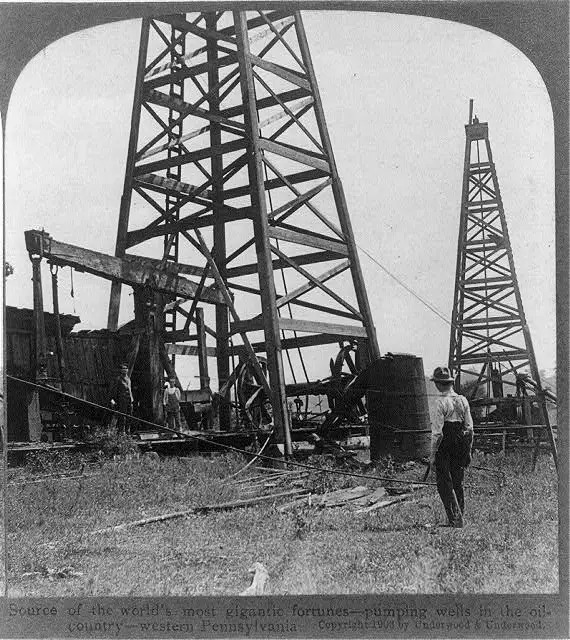
A 19th century banker, when asked to finance his novel idea of oil drilling, scoffed at the idea: “Oil comes out of the ground, why pump it out of the ground? water pump? Bullshit! Crazy”.

But before long, the oil being pumped up began to have value. At one point, a barrel of oil was worth half the price of a barrel of whiskey, which was reused to hold it. To this day, 42-gallon whiskey casks remain the unit of measure for the oil and gas industry, even if no actual barrels are in use anymore. Pictured is Woodford oil well with whiskey barrels next to it, 1861.
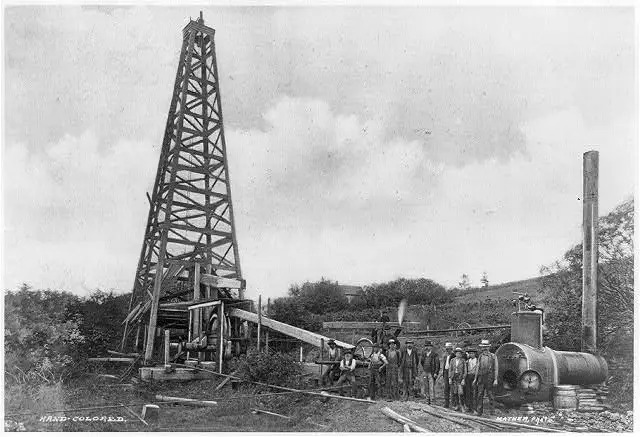
The first oil rig was commissioned in April 1861, bringing 3,000 barrels of oil per day to the surface. But then, an explosion and fire occurred that killed 19 people and the entire rig burned in three days.
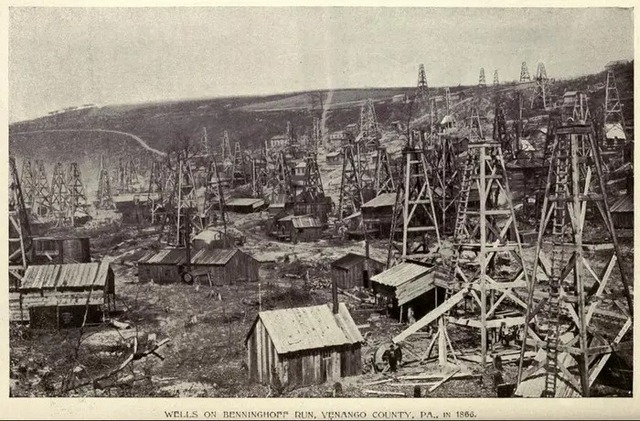
As the American Civil War disrupted supplies of lighting oil from the South, a market for Pennsylvania-derived kerosene emerged. After that, crude oil began to be exported to the developing markets of Europe. Pictured are oil rigs in Pennsylvania.
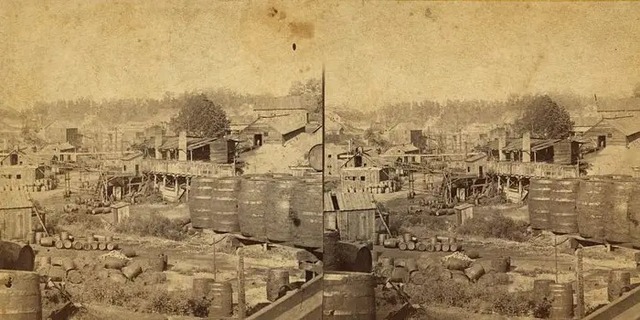
After the war, the rush to produce oil caused supply to exceed demand, causing prices to drop. In the 1870s, oil was cheaper than drinking water for households in the oil fields. Pictured is an oil refinery in Erie, Pennsylvania.
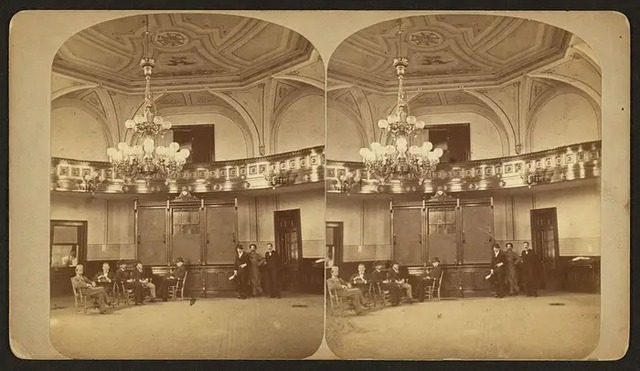
Kerosene was the predominant petroleum product before 1905, while gasoline was only a minor by-product that was often dumped into rivers. Gasoline used to sell for as low as 2 cents ($0.02) for a gallon (3.78 liters) in 1892. Pictured is inside the Pennsylvania Oil Exchange.

But that all started to change in 1905 with the invention of the automobile, making gasoline sales officially surpass kerosene sales in 1911. Pictured is Ford’s Model T assembly line.

In the early years of the automobile age, gasoline was sold at hardware and general stores. Store owners will store them in unbranded cans located under the counter or outside at the back of the store.
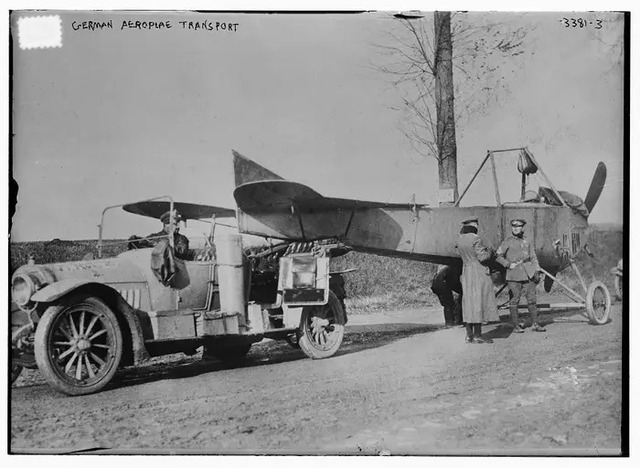
World War I ushered in the modern oil era, when the internal combustion engine demonstrated superior reliability and versatility over coal and horse-powered modes of transport. Pictured is a German car towing a plane during World War I.
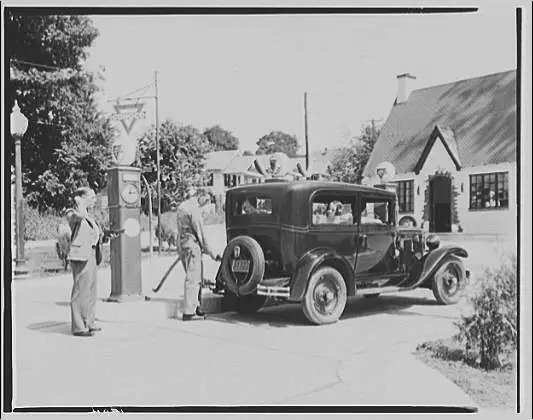
By 1920, the concept of a gas service station was beginning to take root, with about 12,000 gas stations in the US in 1921, then rapidly growing to more than 140,000 by 1929.
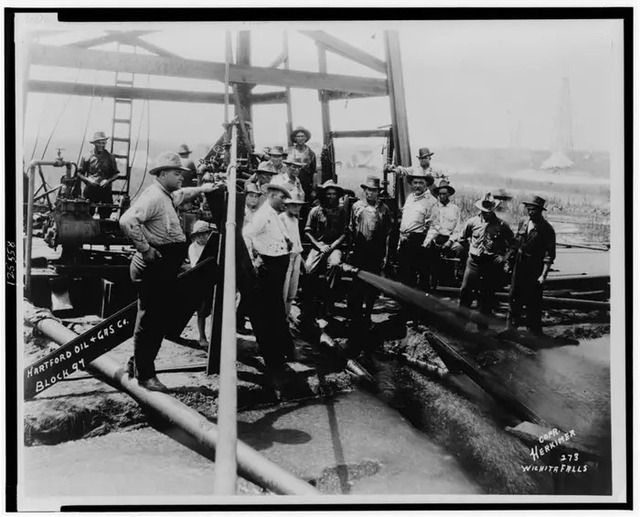
By 1929, kerosene consumption was essentially insignificant, due to the high demand for gasoline and fuel oil, accounting for 85% of oil consumption.

The 1920s also created a cohesive relationship between politics and oil prices. A Wisconsin senator once opposed price manipulation by companies, warning that if this continues, “the people of this country must be willing to pay at least $1 a gallon for gas”. Currently, according to average estimates, the average retail gasoline price in 2022 in the US will fluctuate around 4 USD per gallon.
Refer BI
at Blogtuan.info – Source: Afamily.vn – Read the original article here


